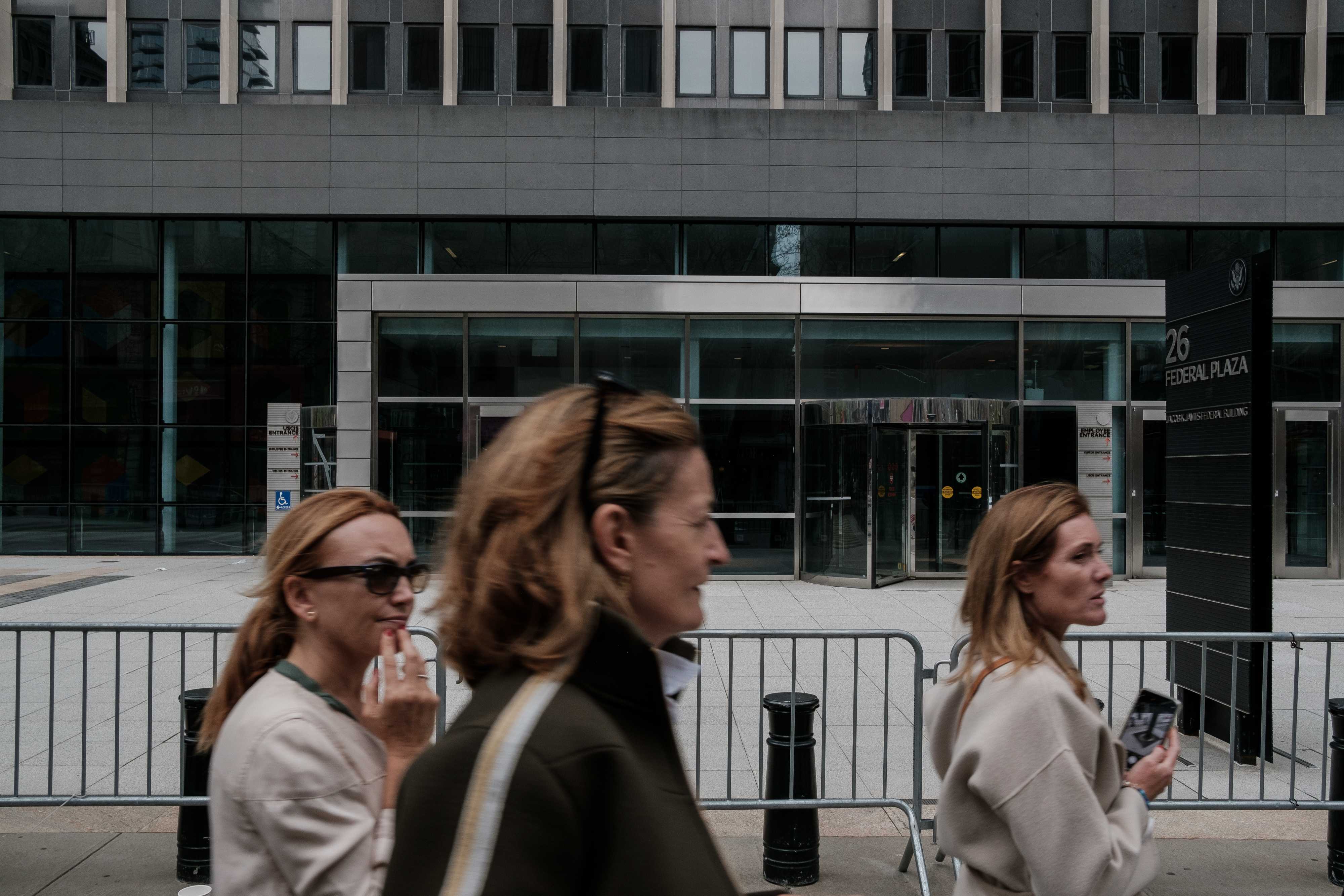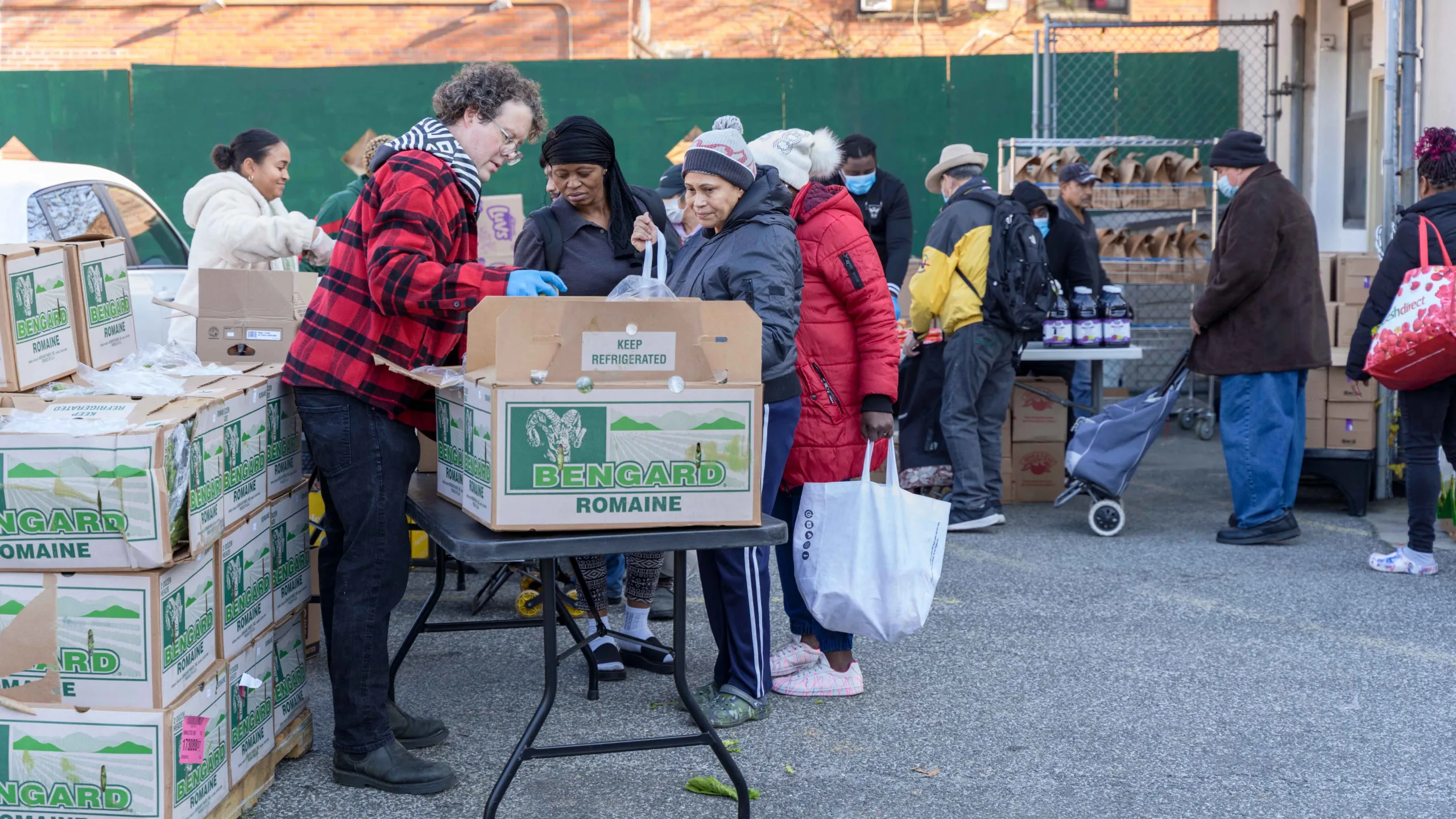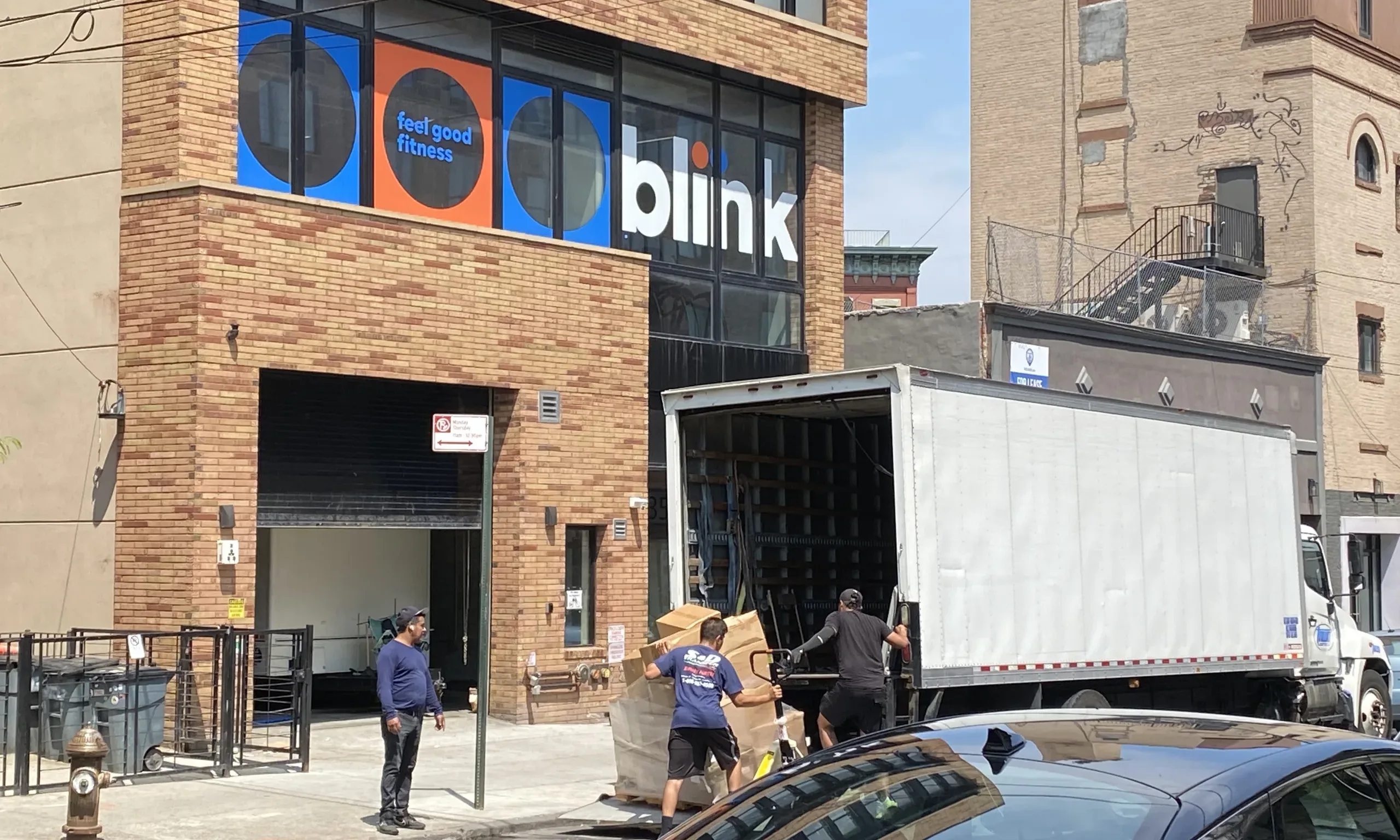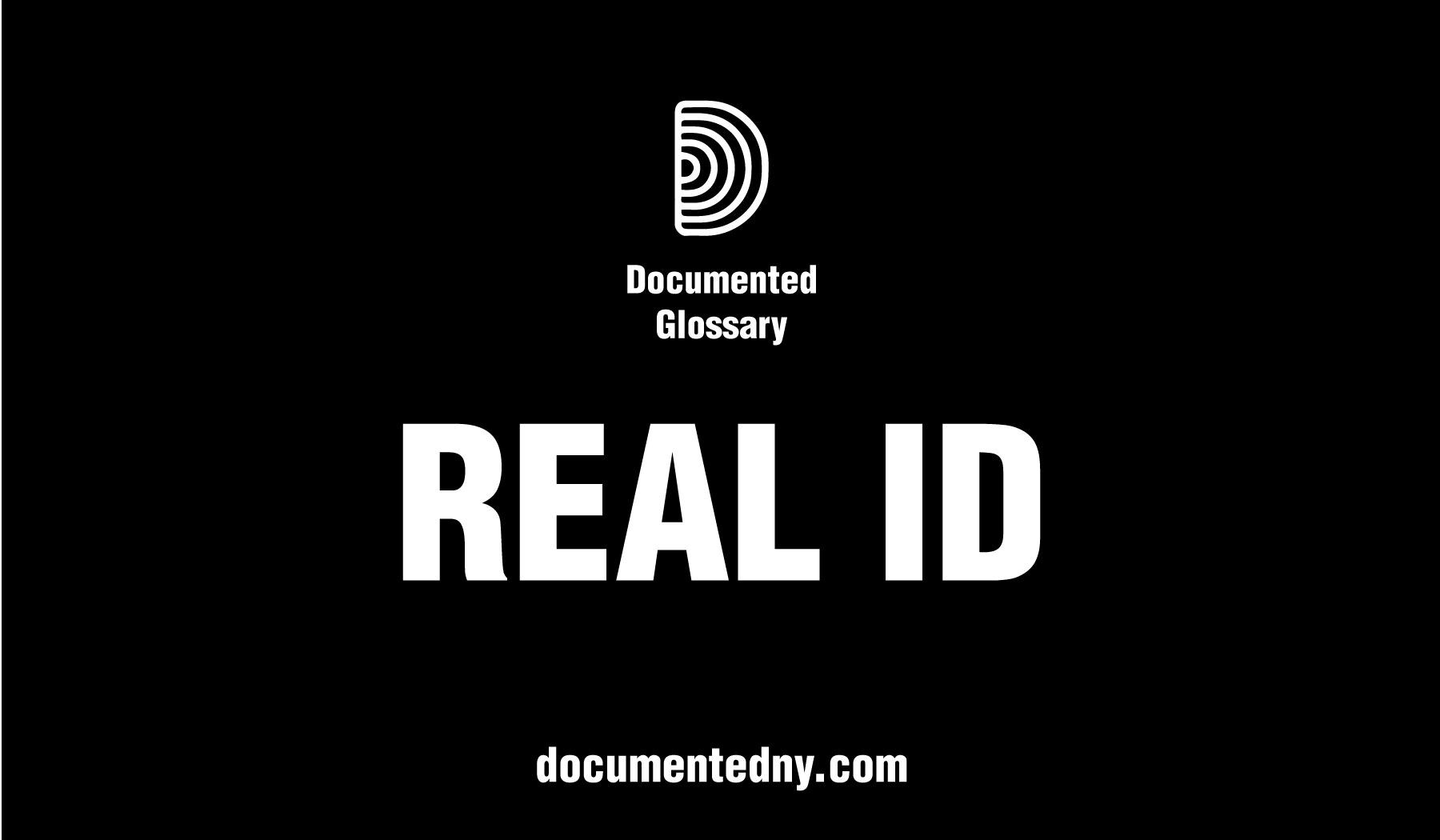
For three months, Documented sent a team of reporters to cover New York City’s immigration courts and observe how the Trump administration has upended it. Read all of our coverage here. Phoebe Taylor-Vuolo was one of our reporters who regularly clashed with a particular ICE attorney. We invited her to write about her experience.
“Actually, I would prefer if we didn’t have a journalist here.”
“It’s a public space. It’s up to the respondent and if the respondent is okay with it, I’m going to go ahead.”
I had been refused entry to hearings many times over the course of my job as a reporter for Documented’s New York Immigration Court watch project, but this was the first time I’d seen a government attorney argue with a judge over my presence.
“The Department of Homeland Security can’t close the hearing unless there’s a national security concern, and if there’s a national security concern, by all means close the hearing. But if not, you know, it’s up to the respondent,” said Judge F. James Loprest, using the term for the person DHS wanted to deport. “I don’t want to take up any more time with this.”
ICE attorney Eileen McCrohan’s voice rose slightly. “Can we speak about this out of earshot of the journalist?”
Fifteen minutes earlier, the three respondents had given me permission to sit in on their hearing. Now, they watched the ICE attorney walk toward me, as though she was planning to shoo me out of the room.
Judge Loprest put his hand up and gestured to me. “You stay here, you sit down and stay here.” He turned to McCrohan. “If you want to, you can talk to the respondent’s attorney outside.” As the two attorneys moved towards the hallway, he added, “It’s a public space. Period.”
“We’ve just had a lot of bad experiences with journalists,” McCrohan responded. “And she—” She pointed at me from the door. “She’s been tracking me.”
For the past two months I had been working with five other journalists on a Documented project to observe the New York immigration courts. Each of us wandered the halls of 26 Federal Plaza and the Varick Street Processing Center in shifts, collecting information about how the immigration court system works on the ground. We spoke with attorneys, interpreters, and immigrant respondents. Mostly, we tried to sit in on hearings. Very rarely did we see other reporters in these courts.
Each morning I would run over the long list of the day’s hearings hung up on the hallway walls. I scribbled down when and where the hearings would take place, and then I moved to the small rooms where lawyers and their clients waited.
Immigration court hearings are open to the public, but in asylum cases, respondents and their attorneys can choose whether to let an observer into the courtroom. Whether or not the hearing was for an asylum case, I routinely asked each respondent and their attorney for permission to sit in, explaining the project to them and hoping they would be interested.
That day, I had already been turned down three times. But at 1:30 p.m., when I approached the attorney waiting outside Judge Loprest’s courtroom, her face brightened. She and her clients had shown up at 9 a.m., only to find that the hearing had been pushed back four and a half hours.
“What if it had been the other way around? We would have missed it,” she said. “I think someone really needs to show what’s going on.”
She explained the project to her client, one of a family of three asylum seekers from Uzbekistan. He smiled and joked around about charging me a hundred dollars to let me stay. I left the room so they could discuss it, and when I came back they told me I could observe the hearing.
After a few minutes, I heard the clattering of one of the metal carts, full of paperwork, that ICE attorneys bring to each hearing. When I saw McCrohan enter the waiting room, I felt nervous.
The first time I met McCrohan, I was waiting outside of a hearing, chatting with an interpreter. McCrohan asked me who I was, and I explained. She told me “It’s not okay with me,” and added to the interpreter that she should “check with your company to see if you can talk to reporters.” I had already gotten permission from the respondent’s attorney to sit in on the hearing. But after a few minutes outside with McCrohan, he returned and told me it was a sensitive case, and he didn’t think his client would be comfortable.
A few weeks later, I ran into an interpreter I knew outside of a courtroom. She barely got out a greeting before McCrohan appeared. She announced to the crowded hallway that I could “publish anything you say to her,” and that all interpreters should check with their employers before speaking to me.
Now we sat in Judge Loprest’s courtroom, waiting while McCrohan and the respondent’s attorney spoke outside. The Uzbek interpreter quietly explained the situation to the respondent and his family.
“I think this should be a public space,” Judge Loprest said, shaking his head. “I think it’s important that you’re here, and we don’t want to refuse anyone entry.”
McCrohan and the respondent’s attorney came back through the door. The respondent’s attorney stood and faced Loprest. “Judge, I don’t want to antagonize the government.” She sighed. “My client is in a tricky situation already … I’d just prefer to not have a journalist here.”
The Executive Office for Immigration Review policy states that immigration court hearings are “open to the public, with limited exceptions.” None of these exceptions involve giving ICE attorneys the power to close a courtroom.
No matter what the official policy is, if ICE attorneys can put pressure on respondents and their attorneys to limit access to a hearing, respondents’ attorneys are being forced to choose between the principle of an open and accountable courtroom, and the success of an individual client’s case.
Although McCrohan was the most aggressive about it, her tactic is a common one. Multiple times, attorneys left to confer with DHS in the hall, and came back having changed their minds about my being there.
TestPost3
It’s not solely a matter of whether or not I was allowed in. Many ICE attorneys did not object to my sitting in on hearings. Conversely, many respondents and their attorneys were uncomfortable about having a journalist in the courtroom.
Asylum hearings are subject to special restrictions because the testimony can be highly sensitive: Respondents explain why they face persecution in their homeland, and those accounts could potentially lead to retribution against relatives and others. As journalists we have the obligation to be respectful of people going through a significant, and often stressful, moment in their lives. It’s not about having unrestrained access to peoples’ stories, it’s about who gets to make that choice. As the law prescribes, it should be up to the respondents or judges, not me, and certainly not DHS. We tried to ask ICE and McCrohan about these issues, but both refused multiple requests for comment.As I left the courtroom, Judge Loprest assured me that there were other hearings, even asylum hearings, that I might be able to observe. Before I closed the door, I heard him say, “The last thing we need is someone writing a story about getting thrown out of a courtroom.” McCrohan shot back, “She didn’t get thrown out.”
This project was funded by the Wayne Barrett Project at Type Investigations.












